For operating and backup power and energy storage, engineers can choose among batteries, supercapacitors, or “best of both” hybrid supercapacitors.
The previous part of this article established the context for supercapacitors and explained their structure in simplistic terms; obviously, this is a component with deep physics, chemistry, materials-science considerations, and manufacturing issues. The first widely used standard supercapacitors reached the market in the late 1970 and early 1980s. They were used primarily for memory backup of volatile memory, but they did not have mass-market acceptance due to cost and performance issues. However, by the 1990s, supercapacitors were available at modest cost and with superior performance and reliability, and so began to be routinely designed into systems. The relevant Wikipedia reference is fairly detailed on their history and, equally important, cites many reputable sources, including news in the trade media and papers from academic journals as this happened.
Supercapacitor characteristics
Among their other differences, supercapacitors’ charge/discharge characteristics differ from those of batteries, regardless of battery chemistry (and note that each rechargeable battery chemistry has its own charge/discharge-curve profile). Figure 1 is a general curve of the charge (top) and discharge (bottom) profile for these devices.
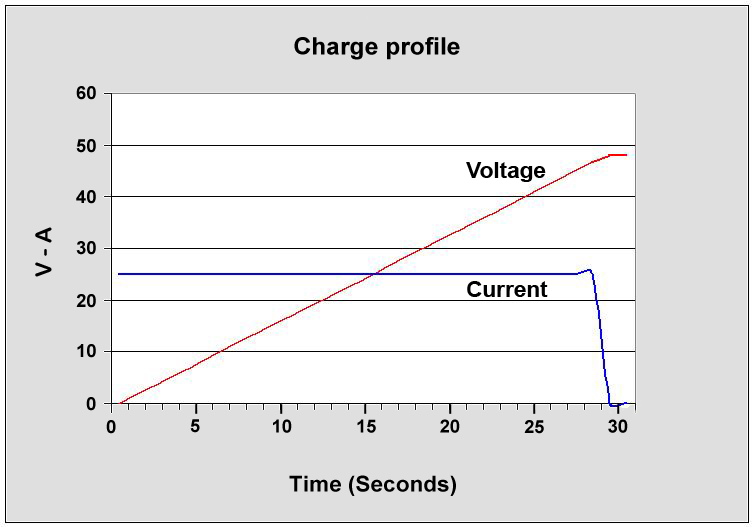
As with batteries or even non-supercapacitors, there is no “typical” supercapacitor, but a representative family can provide an overview of their basic characteristics. For example, the HB series of cylindrical supercapacitors from Eaton is a family of leaded devices for through-hole PC-board mounting with 2.5 V output (Figure 2). The family members range in capacitance and size from 3 farads in a 21-mm long, 8-mm diameter package to 110 F in a 60-mm long, 18-mm diameter package. Supercapacitors are also available in “coin” packages for compatibility with coin-cell sockets.
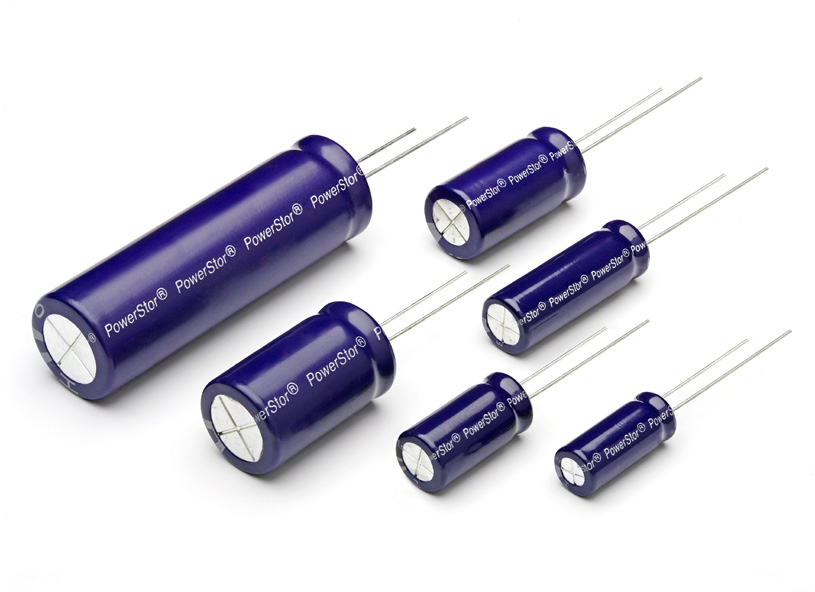
Other important parameters of these supercapacitors are their equivalent series resistance (ESR) ranging from 0.16 ohms down to 0.020 ohms for the largest, pulse current of 1 A up to 24 A, and continuous current of 1.1 A up to 8.7 A for the smallest to the largest versions, respectively.
What about batteries?
Since their commercialization, supercapacitors have found major use for delivering continuous power as well as short-term energy storage in power backup, energy harvesting, and pulse-power delivery applications. For some of these situations, batteries alone would be perhaps good, but some of their inherent characteristics would make them less suitable. Supercapacitors are used individually in small-scale, very low-power applications such as harvesting/IoT modules. They are also in series/parallel combinations as capacitor power banks for large-scale UPS installations. They are especially useful in providing “bridge” power in mission-critical such as hospitals to keep power available (through an inverter) between the time primary power fails and the backup-generator is activated.
Any general comparison of supercapacitors with rechargeable batteries is just that: a generalization, since so much depends on the specific battery type being compared. Nonetheless, the table of (Figure 4) gives a good overall idea of the relative attributes of supercapacitor versus Li-ion batteries. However, the capabilities and specifics of both technologies are always changing and advancing as well, of course – so use the table only as a rough guide and starting point.
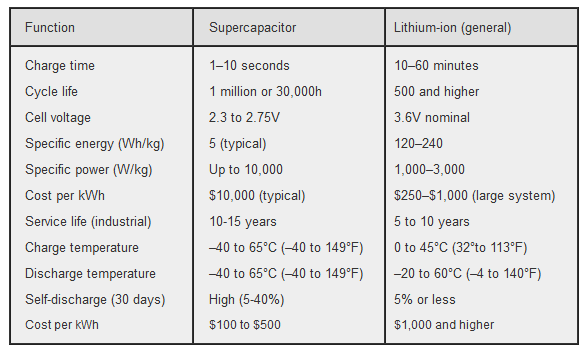
The third part of this article looks into component management and the fascinating hybrid supercapacitor/lithium cell device.
EE World Related Content
Supercapacitor line now ranges from coin cell, radial form factors, large snap-in types
Supercapacitors operate at 3 and 6 V
What’s new in electrolytic capacitors and supercapacitors for energy harvesting
Supercapacitor system design considerations
Supercapacitor specifications and lifetimes – Virtual Roundtable (part 2 of 2)
Supercapacitor ESR and optimal performance – Virtual Roundtable (part 1 of 2)
Supercapacitor specifications and IEC/EN 62391–1
Supercapacitor operation – a higher power source
Applying large banks of supercapacitors
External References
Wikipedia, “Supercapacitor”
Eaton, “Hybrid supercapacitors explained”
Eaton, “HS Hybrid supercapacitor white paper”
Eaton, “Supercapacitor back up power solutions”
Eaton, “HB Supercapacitors Cylindrical cells” (supercapacitor datasheet)
Eaton, “HS/HSL Hybrid Supercapacitors” (hybrid supercapacitor datasheet)
Battery University (Cadex), “BU-209: How does a Supercapacitor Work?”
Taiyo Yuden, “Lithium Ion Capacitors: The Ultimate EDLC Replacement”
Taiyo Yuden, “Power Storage Devices: Lithium Ion Capacitors;Electric Double-Layer Capacitors”
Tech Briefs, “Supercapacitors Go Hybrid for Increased Performance and Efficiency
Kemet, “Supercapacitors vs. batteries”
Illinois Capacitor, “Supercapacitors”
Basic Electronics 16, “Supercapacitors”
Jinzhou Kaimei Power Co., Ltd. “The Supercapacitors: its Basic Principles, Classification, and its Electrical Performance”

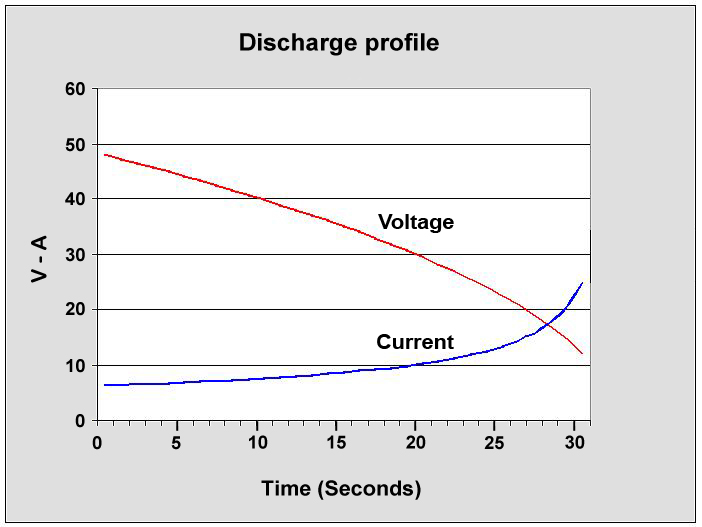
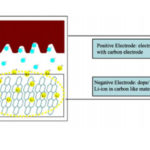
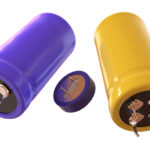

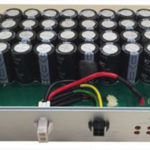
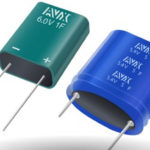

Leave a Reply